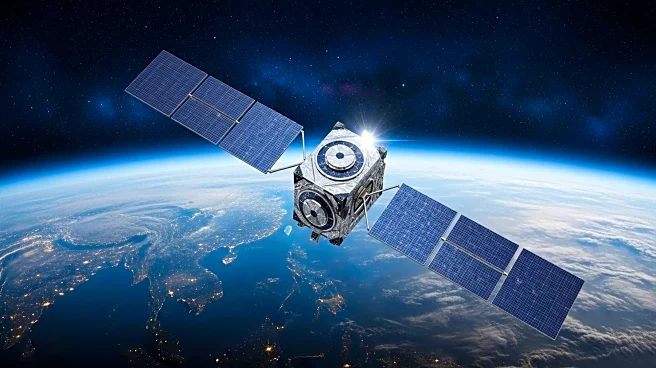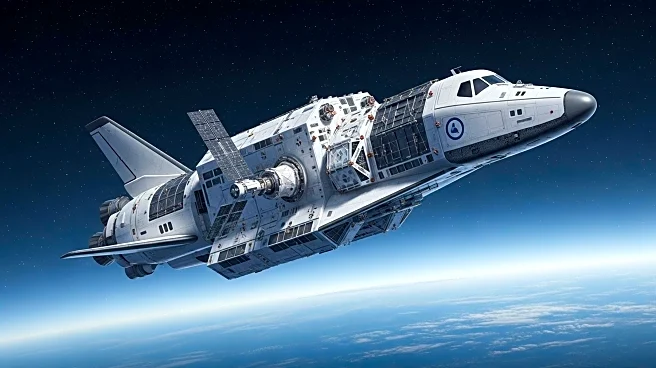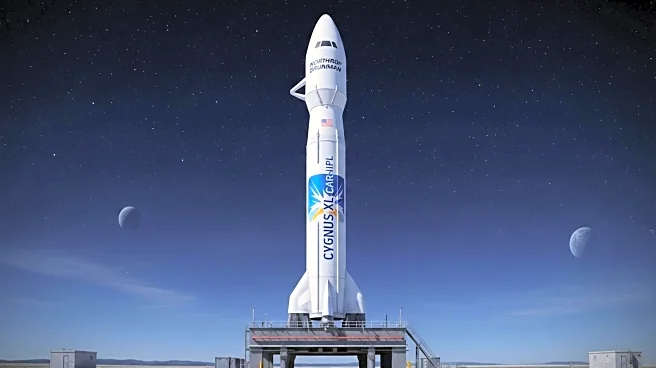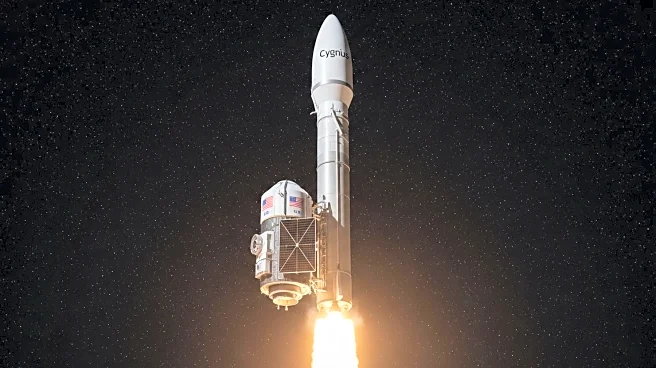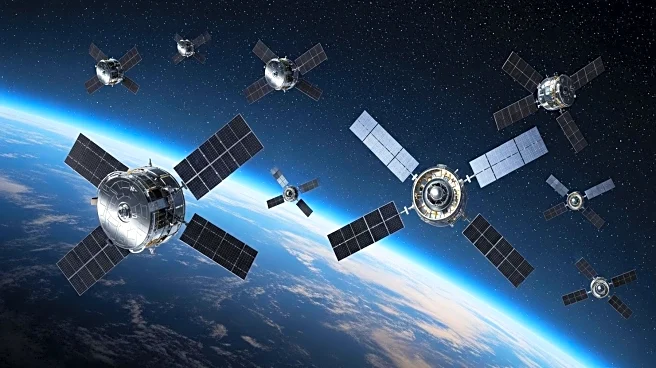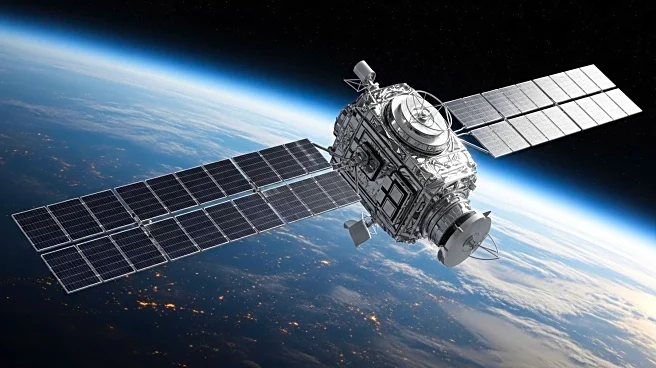What's Happening?
SpaceX has successfully launched the Nusantara Lima (N5) satellite for Pasifik Satelit Nusantara (PSN) into geostationary orbit. The launch took place from Cape Canaveral Space Force Station on a Falcon 9 rocket after being delayed for three days due to adverse weather conditions. The N5 satellite, built on Boeing's 702MP VHTS bus, is designed to provide over 160 Gbps of broadband internet capacity using Ka-band spot beams. This satellite aims to enhance internet and communication services across Indonesia, Malaysia, and the Philippines. It will supplement the coverage provided by PSN's SATRIA-1 satellite, which began operations last year. The N5 satellite is expected to reach its designated orbital slot by mid-January 2026, with services commencing on April 1, 2026.
Why It's Important?
The launch of the Nusantara Lima satellite is a significant step in improving broadband connectivity in Southeast Asia, particularly in underserved regions. By providing high-capacity internet access, the satellite will empower communities, schools, and businesses that previously lacked reliable connectivity. This development is crucial for economic growth and digital inclusion in the region, as it enables better access to information, education, and communication technologies. The satellite's advanced payload processing capabilities allow for dynamic allocation of internet capacity, ensuring efficient use of resources as demand shifts. This launch also highlights the growing role of private companies like SpaceX in expanding global telecommunications infrastructure.
What's Next?
The Nusantara Lima satellite is expected to reach its orbital position by January 2026, with service beginning in April 2026. As the satellite becomes operational, it will be crucial to monitor its impact on internet accessibility and economic development in the region. Stakeholders, including governments and businesses, may explore further collaborations to leverage this enhanced connectivity for various applications, such as e-learning, telemedicine, and e-commerce. Additionally, the success of this launch could encourage further investments in satellite technology to address connectivity gaps in other parts of the world.
